In a recent study published in Advanced Optical Materials, researchers make use of hydroxypropyl cellulose (HPC) to develop optical strain sensors.
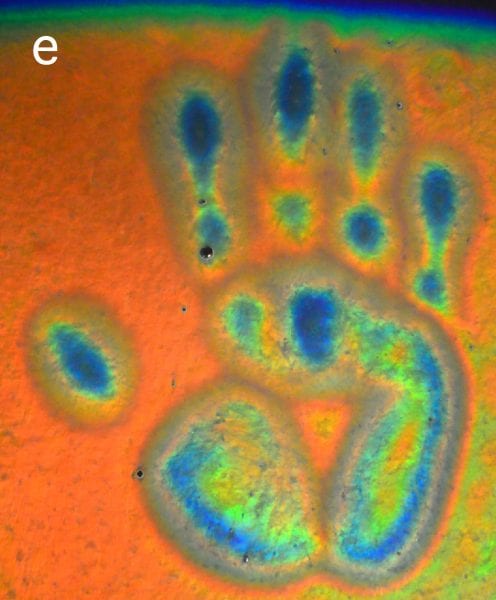

In a recent study published in Advanced Optical Materials, researchers make use of hydroxypropyl cellulose (HPC) to develop optical strain sensors.
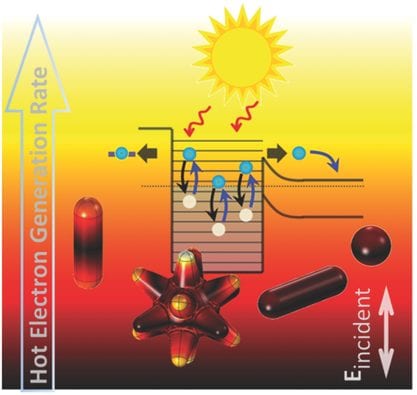
The month’s top articles from the field of nanooptics, optoelectronics, metamaterials, optical devices, detectors and sensors, micro/nano resonators and more.
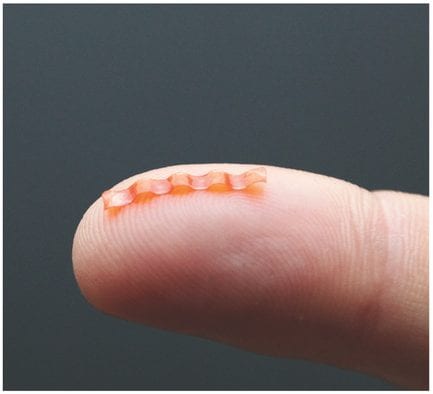
Since its start as an independent journal in 2013 Advanced Optical Materials has constantly expanded its impact. One measure that proves this in numbers is of course the impact factor which has recently been updated by Thomson Reuters to 5.36. Apart from that articles...
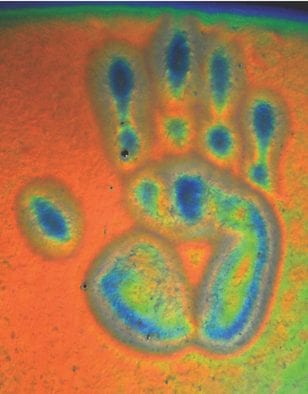
The month’s top articles from the field of nanooptics, optoelectronics, metamaterials, optical devices, detectors and sensors, micro/nano resonators and more.
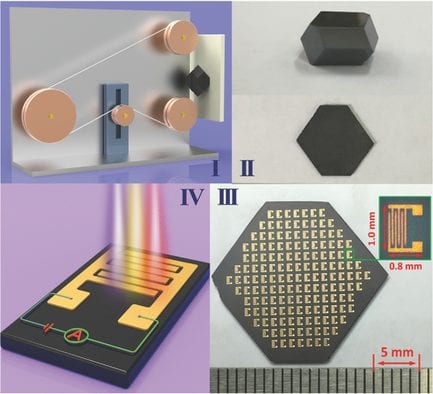
The month’s top articles from the field of nanooptics, optoelectronics, metamaterials, optical devices, detectors & sensors, micro/nano resonators and more.
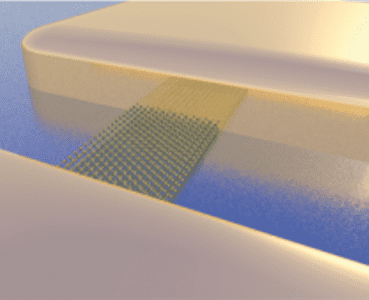
The month’s top articles from the field of nanooptics, optoelectronics, optical devices, detectors & sensors, micro/nano resonators and more.

A report from the META 2016 conference, held from 25 to 28 July in Torremolinos, Spain.

The month’s top articles from the field of nanooptics, optoelectronics, optical devices, detectors & sensors, micro/nano resonators and more.
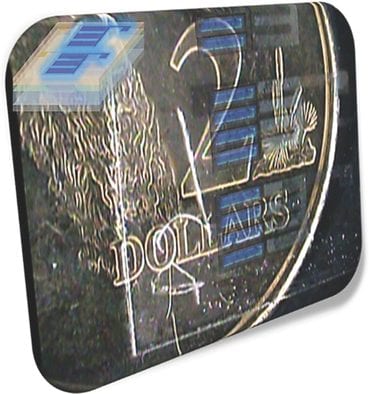
The month’s top articles from the field of nanooptics, optoelectronics, optical devices, detectors & sensors, micro/nano resonators and more.
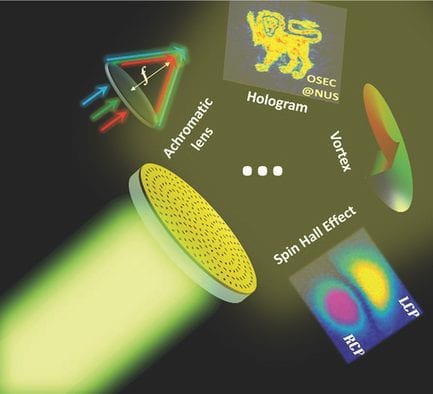
The month’s top articles from the field of nanooptics, optoelectronics, optical devices, detectors & sensors, micro/nano resonators and more.